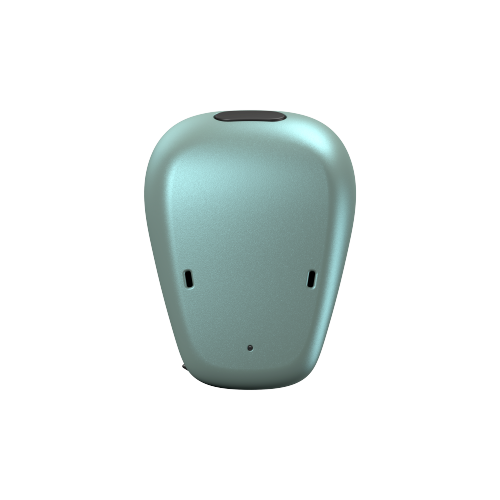First, you need to consult with an ENT (ear, nose, and throat) specialist to see if you are a candidate for the BAHA. If you are, then you will need to have a CT scan of your skull to check the placement of your bones. Next, you will have surgery to place the implant in your skull. After that, you will need to wait 4-6 weeks for the implant to heal. Once it has healed, you will be able to go back to the audiologists to get fitted for your BAHA. You will not be able to hear anything during this time because there is no sound until after the fitting. The first time you use your BAHA, you might feel dizzy or uncomfortable because it takes some getting used to. Some people may also experience some pain or ringing in their ears, but these effects usually go away after two days of use. Overall, most people say they are satisfied with the device and find their quality of life improves dramatically.







